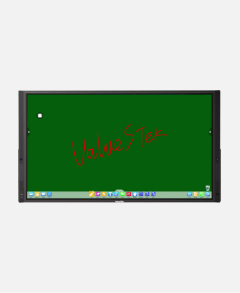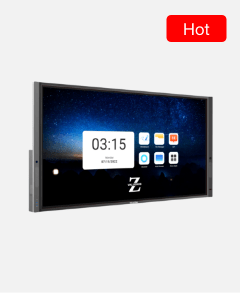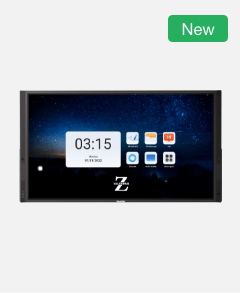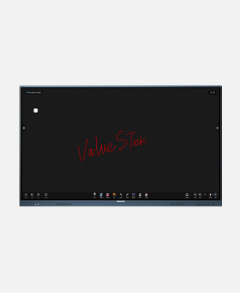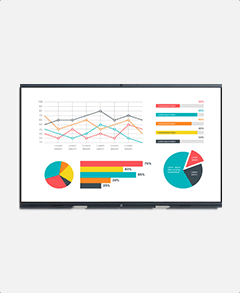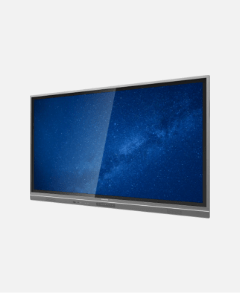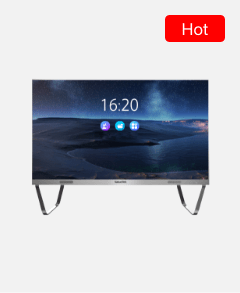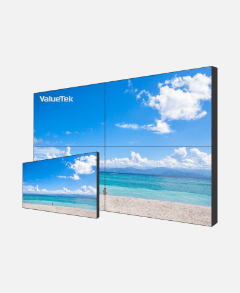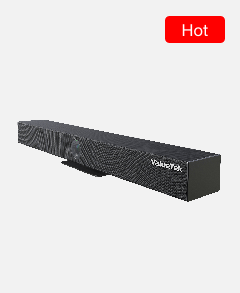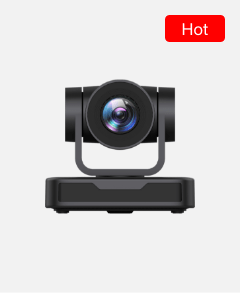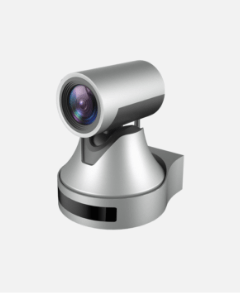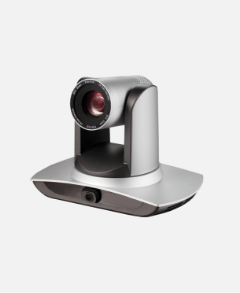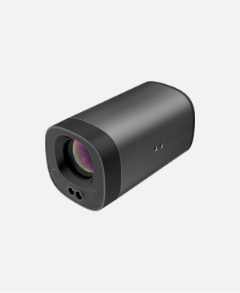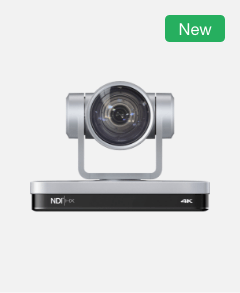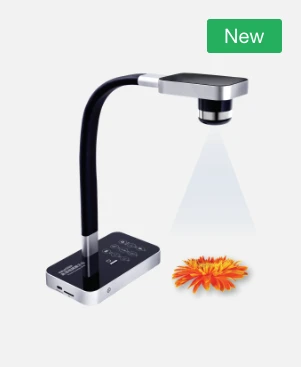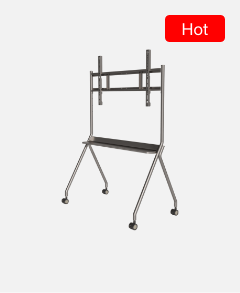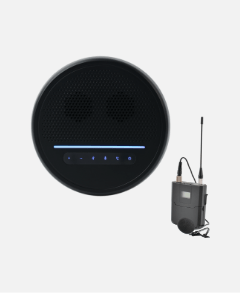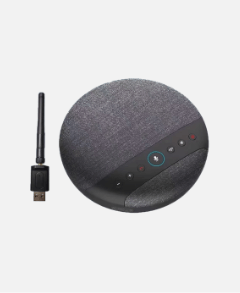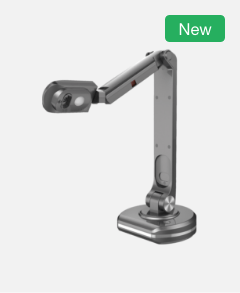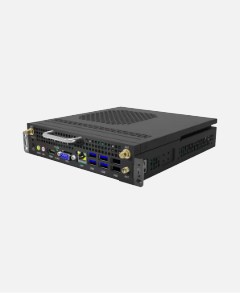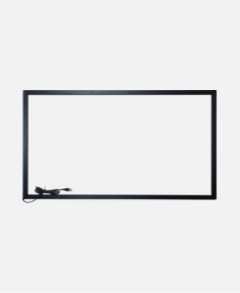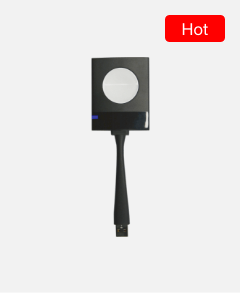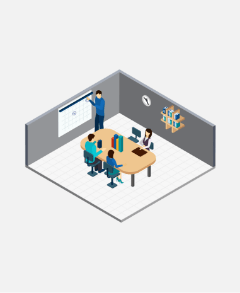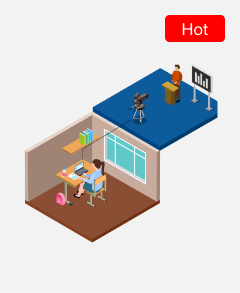The Benefits of PTZ Cameras for Conference Settings
Conferences and meetings are important settings for collaboration and sharing ideas, and video is a crucial component of these events. Traditional stationary cameras can only capture a limited field of view, resulting in a less engaging and immersive experience for attendees. PTZ (pan-tilt-zoom), on the other hand, provide a more versatile and dynamic video experience that can enhance the overall conference experience.
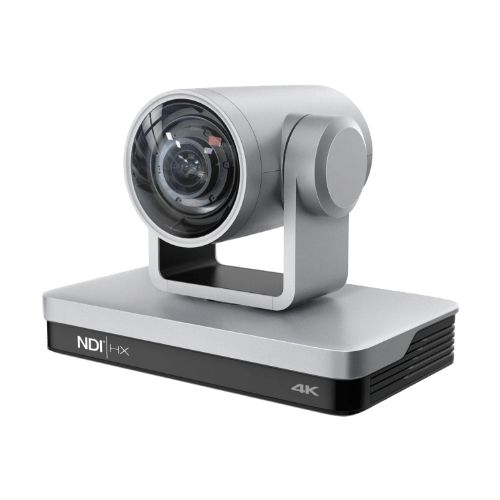
Overview of PTZ Cameras
PTZ cameras are a type of camera that can be remotely controlled to pan, tilt, and zoom. These cameras are often used in surveillance, but their flexibility and versatility have made them increasingly popular in conference and meeting settings. They can be manually or automatically controlled, and some models have advanced features like facial recognition and object tracking.
One of the main advantages of PTZ cameras in conference settings is their ability to capture multiple angles and zoom in on important details. This can be particularly useful in large rooms where traditional stationary cameras may not be able to capture all of the important details. Additionally, PTZ cameras can follow the speaker as they move around the room, providing a more engaging and dynamic video experience for attendees.
Benefits of PTZ Cameras in Conference Settings
Another benefit of PTZ cameras in conferences is their ability to make the event more accessible to remote attendees. By providing a more engaging and immersive video experience, remote attendees can feel more connected to the event and participate more fully. This can help to bridge the gap between in-person and remote attendees and make the conference more inclusive.
In addition to making conferences more accessible, PTZ cameras can also enhance the overall video quality of the event. With their high resolution and low-light capabilities, PTZ cameras can produce clear and detailed video even in dimly lit rooms. This can help to eliminate distractions and ensure that attendees can focus on the content of the conference.
Furthermore, PTZ cameras can be a more cost-effective solution than traditional stationary cameras. With their ability to capture multiple angles and zoom in on important details, fewer cameras may be needed to cover the same amount of space. This can save money on equipment costs and reduce the need for additional camera operators.
Features to Consider When Choosing a PTZ Camera
When choosing a PTZ camera for conference settings, there are several features and functionalities to consider. High resolution is important to ensure that the video is clear and detailed, while low-light capabilities can help to maintain video quality in dimly lit rooms. Noise reduction is also an important feature, as it can help to eliminate background noise and ensure that the speaker’s voice is clear and audible.
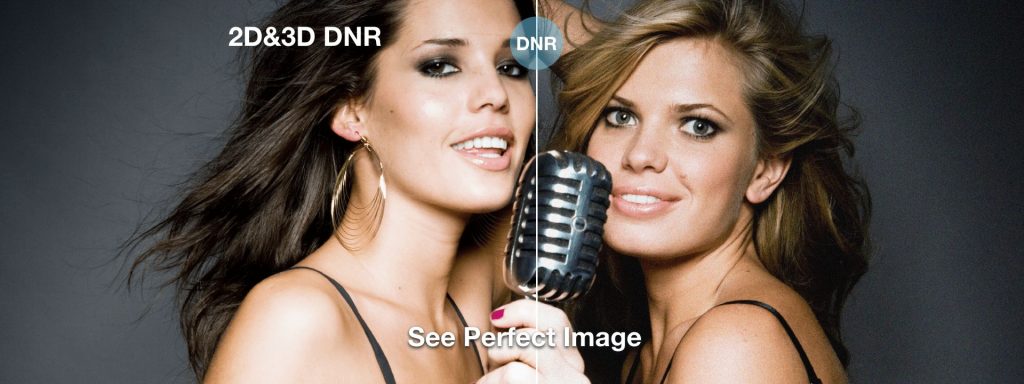
Some PTZ cameras also have advanced features like facial recognition and object tracking, which can be useful in certain conference settings. For example, a camera with facial recognition can help to ensure that the speaker is always in focus, while a camera with object tracking can follow the movement of a presentation screen and capture all of the important details.
PTZ cameras are a valuable tool for enhancing the video experience in conference and meeting settings. By providing a more dynamic and engaging video experience, PTZ cameras can help to make conferences more inclusive and accessible to remote attendees. They can also improve the overall video quality of the event and be a more cost-effective solution than traditional stationary cameras. When choosing a PTZ camera, it’s important to consider the features and functionalities that are most important for your specific conference needs. With the right PTZ camera, you can enhance the overall conference experience and provide attendees with a more engaging and immersive experience.

